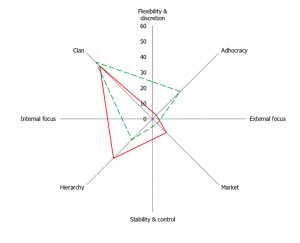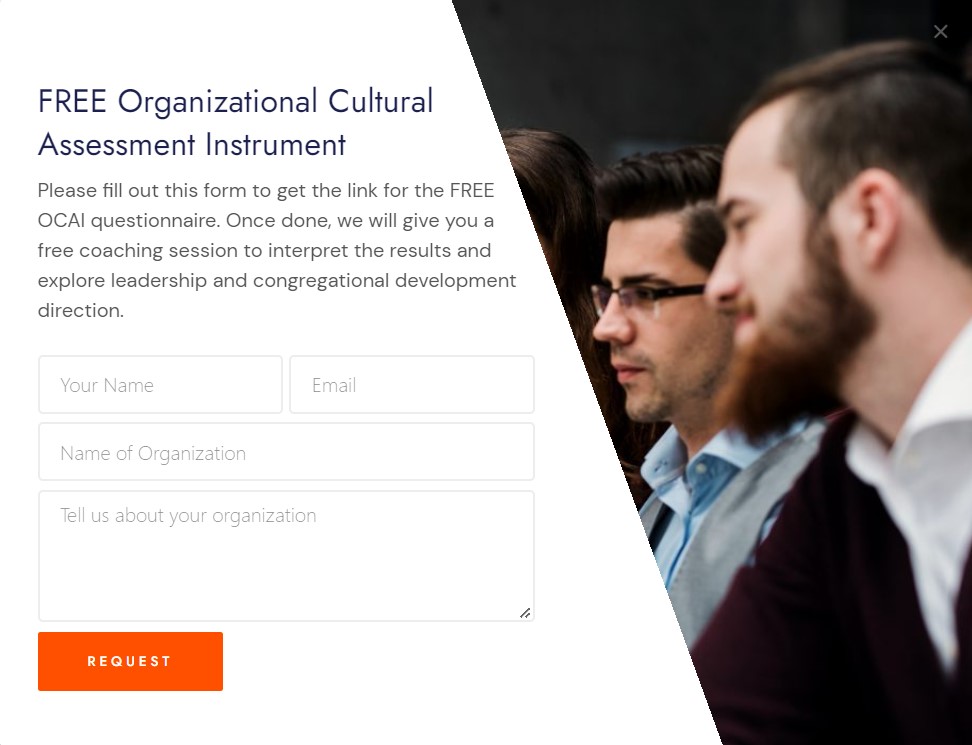Where is the starting line for the Just-in-time ministry? It is a tricky question. Considering most congregations have been aged over the last decades and are showing cultural disconnection with the local communities thriving in the digital culture, it is safe to find it from the cultural angle. You should acknowledge that many organizations that seemed to have perpetual existence have disappeared for good in our sights over the last decades since they failed in their cultural transformation (Please visit my previous post on “The importance of cultural transformation of your church in the digital age,” if you haven’t). A fresh start is ahead of you when assessing your leadership culture and congregational culture and identifying the direction of congregational development intervention.
Creating direction for congregational development should proceed first before anything else. I highly recommend Conant leadership flywheel (2019) as a leadership development model suitable for just-in-time ministry since leadership develops in a loop of self-reinforcing and continuously improving. It creates a “leadership sequence” that enhances the effectiveness of your leadership style. The sequence starts with “Create Direction,” followed by “Drive Alignment,” “Build Vitality,” “Execute with Excellence,” and “Produce Extraordinary Results.” The idea is that every pastor can develop their context-based leadership style by the harmonic development of these practices.
One of the most popular methods to assess your organization’s culture is the Organizational Cultural Assessment Instrument (OCAI). It is a psychometric tool developed by Cameron and Quinn (2006). It helps you identify your current and preferred culture based on four culture categories: (1) Clan culture, (2) Adhocracy culture, (3) Market culture, and (4) Hierarchy culture. It produces the cultural profile of an individual and the aggregated profile of a group of people. The evaluation is based on six key characteristics of an organization’s culture:
- Dominant characteristic
- Organizational leadership
- Member management
- Organization glue
- Strategic emphases
- Criteria of success
 The cultural profile illustrates the following:
The cultural profile illustrates the following:
- Which culture is more dominating?
- What is the intensity of domination?
- Is there a disconnect between present & preferred culture?
- The similarity of the above six key characteristics
- Comparison with average tendencies indicating which stage of development of the organization?
I have an interesting actual case study with a young pastor in his early forties who has recently been appointed to a church in a rural area. The size of the congregation is about 200, dominantly with blessedly young families. The first diagram represents the pastor’s dominant culture and the second the congregational dominant culture (the red area indicates the current and the green the future):


See the difference between the two. My interpretation is that the congregation is more eager to grow by trying creative innovation in their ministry, while the pastor envisions a family church. Can you see the dynamics? What would be a good direction for congregational development? Considering the situation, what are the following steps to move forward with the Just-in-time ministry?
I highly recommend you and your key leaders take this cultural assessment. Just let me know your contact information via this online form, then I will provide you with a link to access the OCAI assessment. It will be free of charge. Once you are done, I can give you a free coaching session to interpret the results and explore leadership and congregational development direction.
The fundamental paradox of systematic leadership in two critical tensions found in all organizations: teams and individuals (Cameron and Quinn, 2005):
- The first is the need to foster things like collaboration, harmony, and positive relationships (yellow) on the one hand, and the competing need to drive effort, goal achievement, and results (blue) on the other.
- The second is the urgency with which leaders must establish stability, control, and integration (red), while at the same time aggressively pursuing innovation, change, and learning (green).
I will talk soon about how to stimulate your cultural transformation development, depending on your cultural profile.






